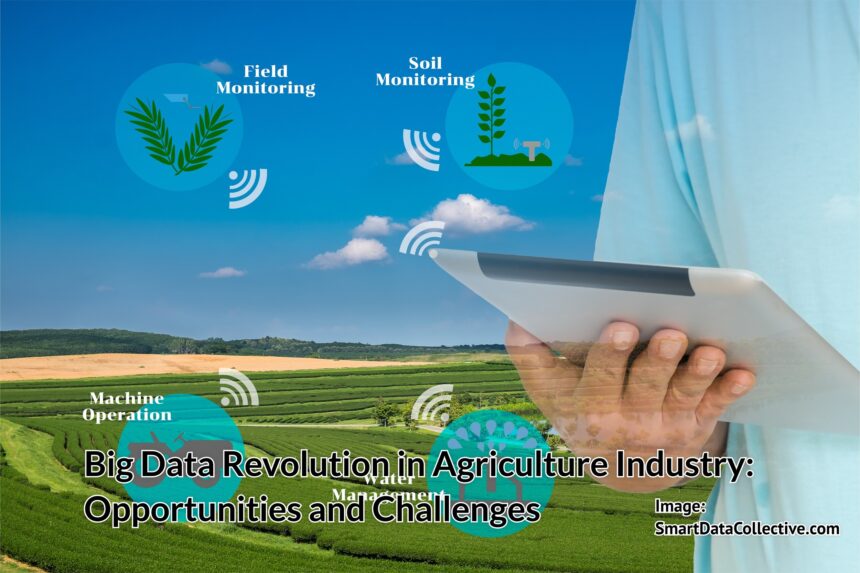Big data is all about efficiency. There are many types of data available, and many ways to use that information. But one thing holds true — in just about every scenario, the whole point is to increase production, maximize profits, or both.
With that in mind, it’s not surprising that big data has found its way to the agriculture industry. However, while it can be helpful on one level, it comes along with a handful of challenges. Here’s a quick look at how big data is infiltrating the agriculture business, the ways it’s being used and the challenges it presents going forward.
What Is Big Data?
There could be (and are) books written about what big data is, but the quick version is that it’s the mountains of information collected from the many kinds of technology people use today.
On a consumer level, that could include information collected by tracking your credit card activity or the ways you use your smartphone. In agriculture, it’s using machinery and technology gathering data on crops with hopes of making yields more efficient in the future.
Even the U.S. Department of Agriculture understands its importance. The group’s National Institute of Food and Agriculture recently created the Food and Agriculture Cyberinformatics and Tools Initiative to encourage the efficient use of data in the ag industry.
How It’s Used in Agriculture
There are many ways farms use big data to help make informed decisions to help improve production and profits, and they all sound downright futuristic. For example, farmers can now use data from satellite imagery to monitor surface temperatures in fields, which can inform which sections are fine and which need more attention.
They can also use sensors in fields or on particular types of crops to gather information like the availability of water, the number of pest infestations or whether a patch of land needs more or less fertilizer.
Big data is even used after crops are harvested. Scales that weigh trucks full of crops can also analyze factors such as moisture content and production rates, in addition to how much it all weighs.
Data could also be used to monitor whether crops meet the standards of consumers who prefer so-called “clean” foods. This information can then be included on food packaging, which can be helpful considering 75 percent of U.S. consumers read food labels.
Challenges Big Data Presents
Big data offers plenty of opportunities to the agriculture industry, but it’s not without its challenges.
For example, the tools, technology and machinery used to gather all this information can be quite costly, which could give larger farms an advantage. If larger farms can also afford to maximize efficiency with the use of big data, could that drive smaller farms out of business?
Parsing through the data presents its own challenges. Yes, it’s nice for farmers to gather all sorts of metrics and information, but actually using that data is a different story. How do farmers determine which data sets are useful and which aren’t?
Finally, another challenge is ownership. Does that data belong to land owners, or to those who own the equipment that collects the information? Or is it a combination of both?
Big data is everywhere, and even if you don’t realize it, there’s a good chance it somehow affects you on a day-to-day basis. In farming and agriculture, data could be a key driver in increased production — and that’s always a good thing for the economy.
The big data proposition comes with its own set of challenges, and it will likely take time for farmers to navigate this new landscape and find ways to best use this information to their advantage.

